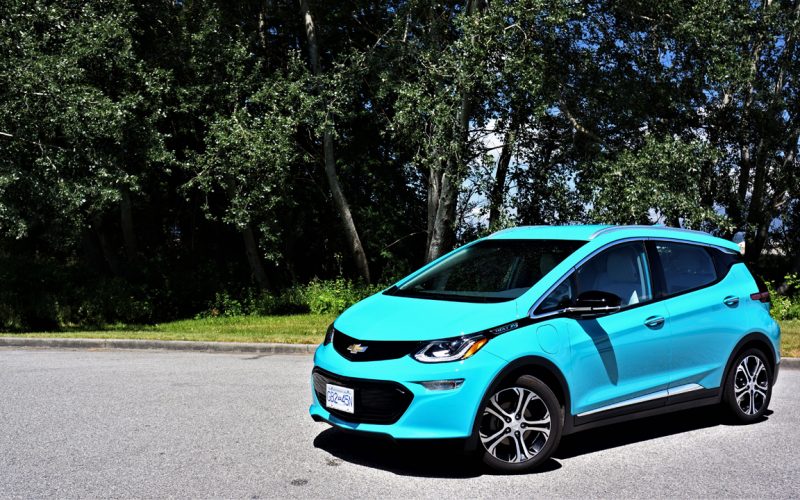
Reading Time: 11 minutesAs far as subcompact hatchbacks go, Chevy’s Bolt is la crème de la crème. Some time
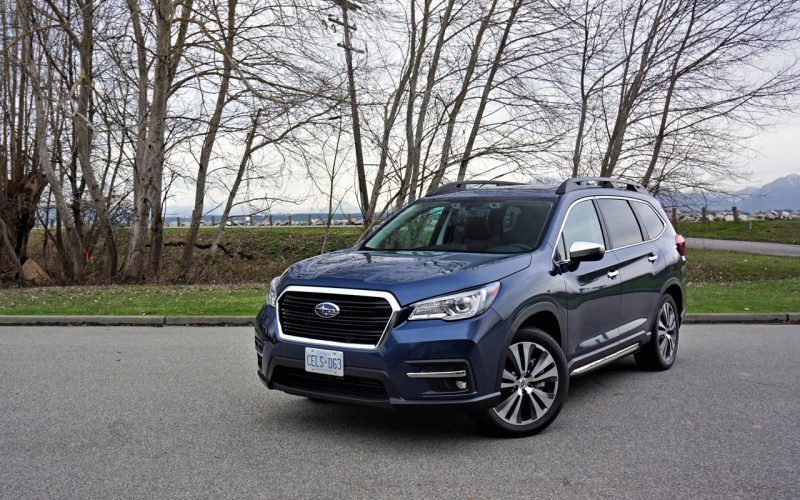
Reading Time: 14 minutesThe mid-size crossover SUV segment has more than blown wide open in recent years, with every
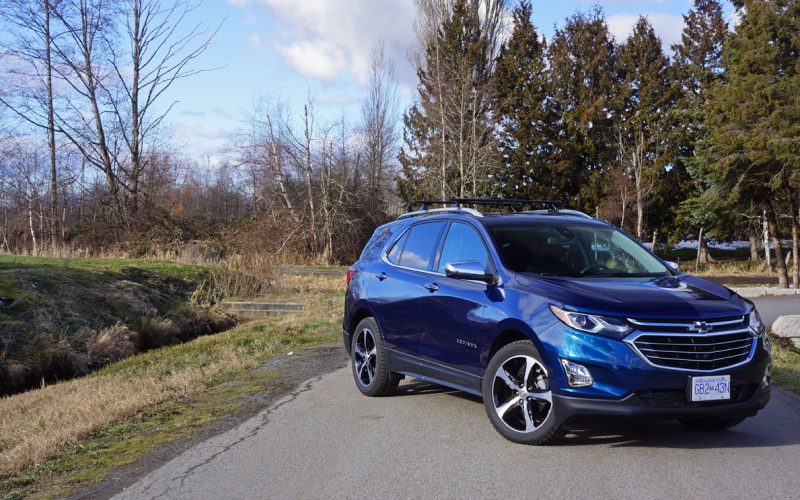
Reading Time: 12 minutesA diesel in a compact crossover SUV? Now that’s marching to a different drummer. In fact,
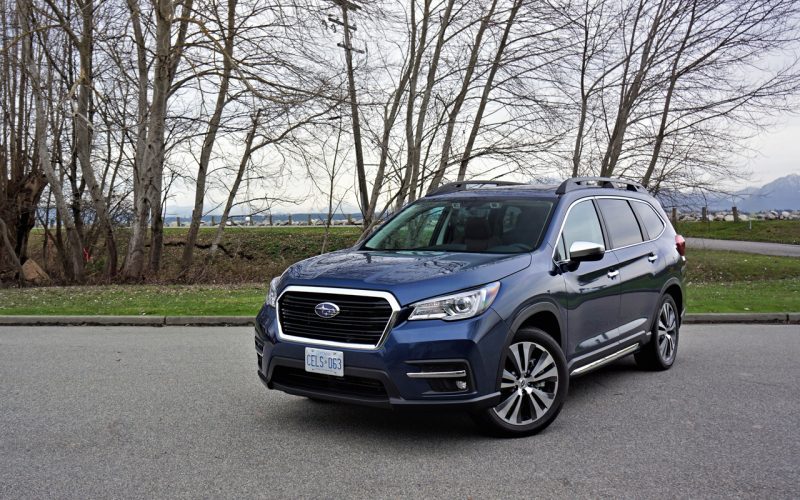
Reading Time: 9 minutesWe’ve got something mega in our garage this week, or at least the all-new 2019 Ascent
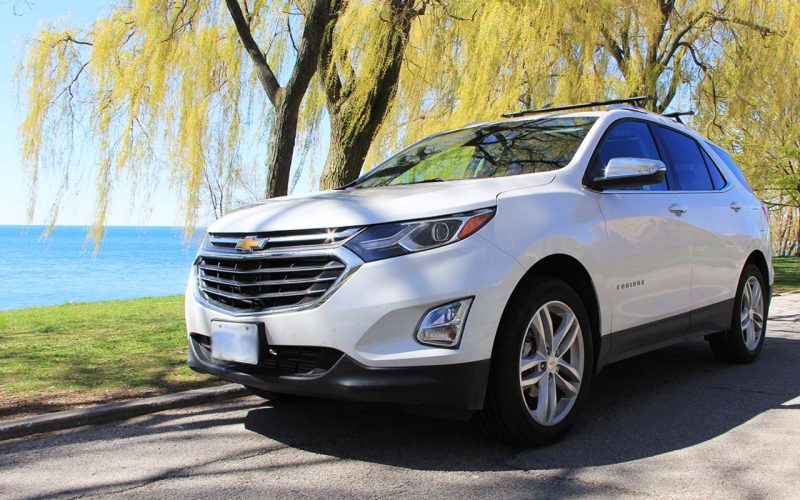
Reading Time: 4 minutesThe all-new 2018 Chevrolet Equinox is here and we have it in our garage. Past models
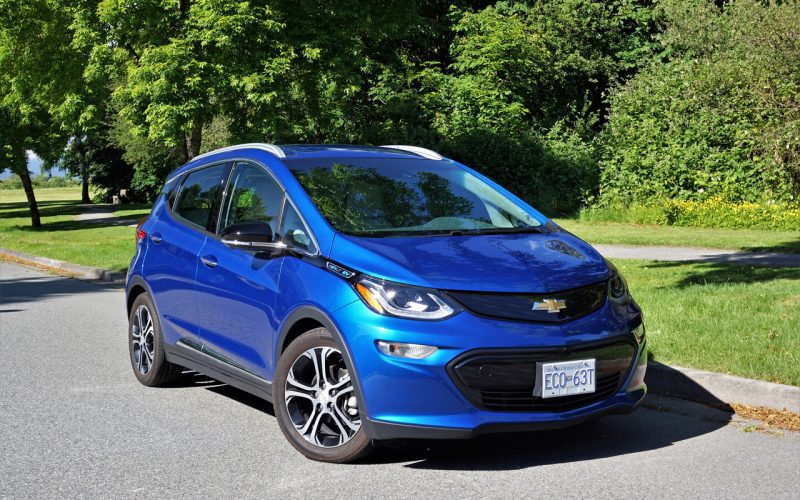
Reading Time: 5 minutesIt should come as little surprise that Chevrolet’s new Bolt EV is now the best-selling electric
© 2025 The Car Magazine. All Rights Reserved, Privacy Policy | Terms of Use